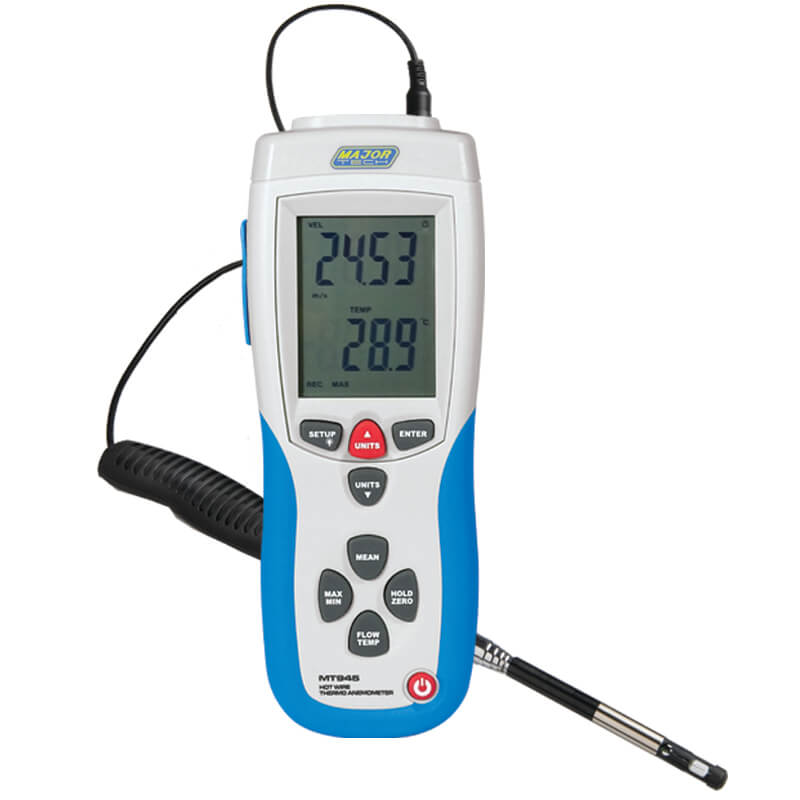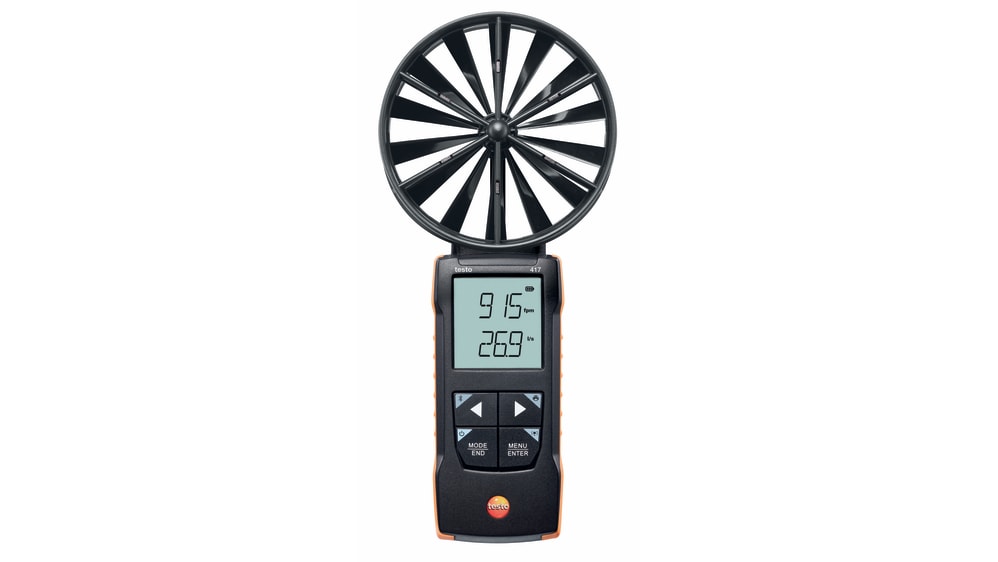Anemometer Innovations: The Latest Technology for Wind Speed Measurement
Anemometer Innovations: The Latest Technology for Wind Speed Measurement
Blog Article
Anemometers Revealed: Understanding Their Value in Ecological Tracking and Safety Measures
The duty of anemometers in ecological surveillance and precaution is frequently ignored, yet their relevance is obvious. These tools have a long background rooted in clinical questions and technological advancements, progressing to end up being necessary devices in different areas. From weather forecasting to aeronautics security, anemometers play a crucial role in supplying precise data that notifies decision-making processes and boosts overall safety. Understanding the intricacies of anemometers reveals a globe of essential insights that are basic to our understanding of the setting and the steps we require to guarantee security.
Background of Anemometers
The evolution of anemometers can be mapped back to the old worlds where basic wind gauging gadgets were first utilized. One of the earliest known anemometers was the hemispherical cup anemometer designed by Leon Battista Alberti in the 15th century.
Over the years, advancements in technology led to the growth of even more modern anemometers, consisting of ultrasonic anemometers and laser Doppler anemometers, using enhanced accuracy and effectiveness in gauging wind speed and instructions. The background of anemometers showcases a remarkable journey of innovation and progression in the field of meteorology.
Sorts Of Anemometers
Throughout the field of weather forecasting, various types of anemometers have actually been developed to properly measure wind rate and instructions. One of the most common kind is the cup anemometer, which contains three or 4 mugs mounted on horizontal arms that revolve with the wind. As the cups rotate, the speed at which they rotate is straight proportional to the wind speed. Another widely made use of type is the vane anemometer, which includes a tail or fin that straightens itself with the wind direction. This placement enables the tool to figure out the wind direction. Sonic anemometers use ultrasonic signals to determine wind speed and direction properly. They are typically made use of in research applications because of their high precision. Hot-wire anemometers run based upon the concept that the cooling impact of wind on a heated wire is proportional to the wind rate. These anemometers appropriate for gauging reduced wind speeds with high accuracy. Each sort of anemometer has its staminas and is selected based upon the particular needs of the surveillance job available.
Applications in Meteorology
Having actually discussed the various kinds of anemometers used in weather forecasting for gauging wind rate and direction, it is necessary to discover their useful applications in the area. Anemometers play an important function in weather forecasting by providing precise and real-time data on wind conditions (anemometer). Meteorologists utilize anemometers to monitor wind speed and direction to forecast weather condition patterns, concern warnings for extreme weather condition events like storms, typhoons, and hurricanes, and examine climatic conditions for air travel safety
In weather forecasting, anemometers assist in understanding neighborhood and regional wind patterns, which are crucial site link for forecasting weather condition modifications and establishing weather patterns. These gadgets are likewise made use of in study to examine microclimates, urban heat islands, and air pollution diffusion. In addition, anemometers are used in agriculture to maximize crop monitoring practices, such as watering and pesticide application, based on wind conditions.
Significance in Aeronautics Safety And Security
An integral aspect of guaranteeing air travel security hinges on the thorough surveillance of wind problems making use of anemometers. Anemometers play an important duty in air travel by giving real-time data on wind speed and direction, assisting pilots in making informed choices throughout landing, take-off, and flight. Unforeseeable and strong winds can significantly influence aircraft procedures, making it important for aviation authorities to count on accurate wind dimensions to make sure the safety and security of guests and staff.

In the dynamic setting of aeronautics, where even minor adjustments in wind rate and direction can have profound impacts, anemometers stand as essential devices for advertising safe and safe flight.
Role in Environmental Study
Anemometers play an important role in ecological research by offering important information on wind rate and instructions. By precisely measuring wind characteristics, anemometers help scientists analyze the motion of pollutants in the air, examine the influence of commercial discharges, and predict the spread of pollutants in the atmosphere.


Conclusion
In verdict, anemometers have actually played an essential duty in ecological surveillance and safety actions. Recognizing the significance of anemometers is vital for precisely gauging wind rate and instructions, which is crucial for predicting climate patterns, ensuring safe aviation operations, and carrying out ecological studies.
One of the earliest well-known anemometers was the hemispherical cup anemometer invented by Leon Battista Alberti in the 15th century. Over the years, developments in modern technology led to the advancement of more modern-day anemometers, including ultrasonic anemometers and laser Doppler anemometers, offering boosted precision and performance in determining wind speed and instructions. Hot-wire anemometers run based on the principle that the cooling effect of wind on a warmed cable is proportional to the wind speed. Meteorologists make use of anemometers to keep track of wind rate and instructions the original source to forecast weather patterns, problem cautions for extreme weather events like tornadoes, storms, and typhoons, and examine atmospheric conditions for aviation safety and security.
Comprehending the significance of anemometers is essential for accurately gauging wind rate and instructions, which is important for forecasting climate patterns, ensuring safe aviation operations, and conducting ecological researches. (anemometer)
Report this page